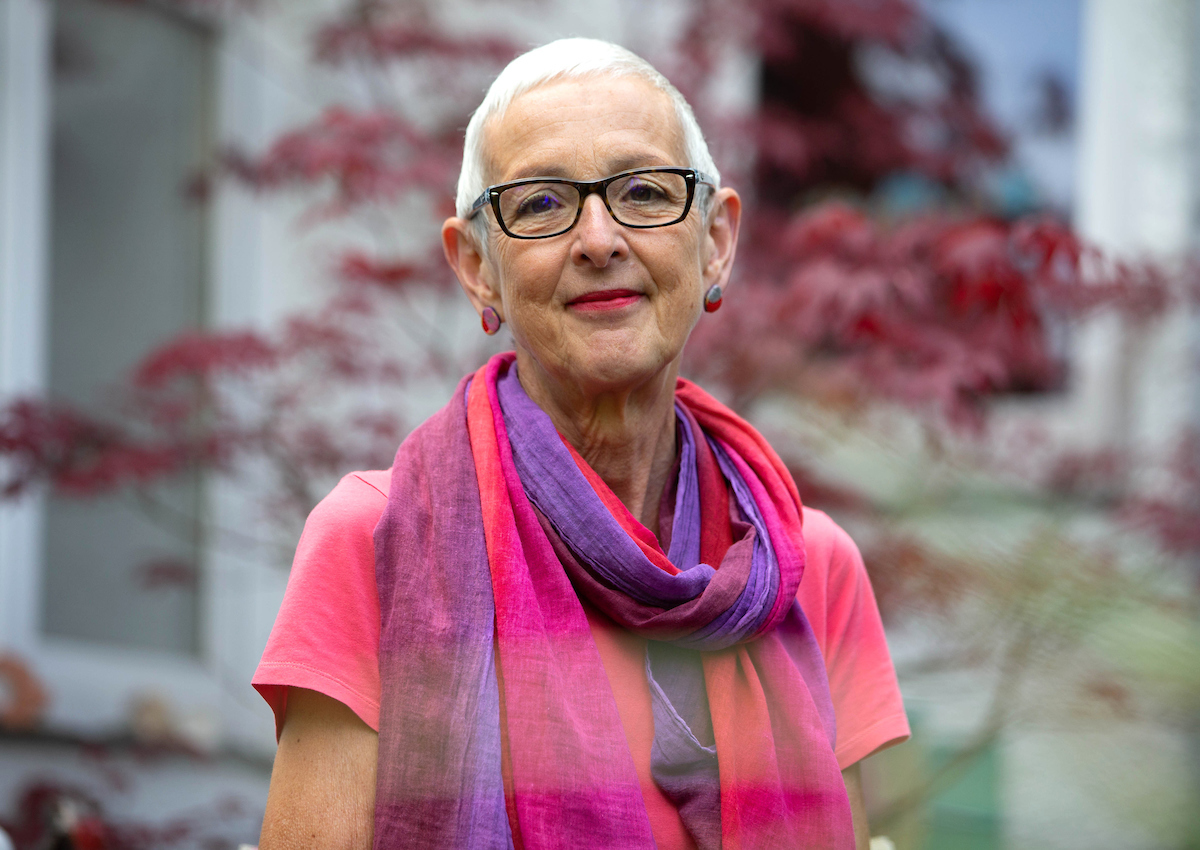‘No-go area’ for women
The higher up the income ladder you are in the UK, the less likely it is that you’re a woman. This was the conclusion of a new report by the London School of Economics out this week (September 26) which found that of the 53,000 best paid people in the UK, only a minuscule 9 per cent were women.
Of those who are in the top 1 per cent in the UK, which comprises a group of people earning ÂŁ119,000 before taxes, less than 1 in 5 are women, and for those in the top 10 per cent of income earners, earning ÂŁ40,400 or more, less than a third are women.
The situation in the UK is mirrored in the six other countries they examined — Australia, Canada, Denmark, Italy, New Zealand, Norway and Spain.
The researchers found that across each of these countries, women representation in the highest income tiers was diminishingly small.
In the UK, while the share of women in the top 10 per cent and the top 1 per cent has increased significantly since the 1990s, progress has stagnated for the share of women in the top .01 per cent, who earn ÂŁ456,000 or more.
The researchers noted that for those in top income groups, income from investments played a greater role for women than for men.
Fawcett Society chief executive Sam Smethers laid the blame of female underrepresentation in top income tiers squarely on the shoulders of persistent sexism.
“There are structural and cultural barriers at work here and we have to proactively address them if we want to see more women progress,” she said.
“Unconscious bias, with men recruiting in their own image from informal networks, a male-dominated, long-hours culture and the unequal impact of caring roles, all contribute to perpetuating a no-go area for women at the top. It has to change.”
Solutions
TUC general secretary Frances O’Grady argued that flexible and part-time work was one essential solution if women are to break the high-earning glass ceiling – a point UniteLive explored earlier this week.
“Despite decades of equality legislation women still face huge obstacles to make it to the top,” O’Grady said. “And nothing will change without better opportunities for women to work part-time and flexibly.”
“If we want more women to break through the glass ceiling we need men to take on more child caring too. Giving fathers their own paid leave would be a good start.”
Unite national officer for equalities Siobhan Endean agreed.
“This latest research is further evidence that women are left behind no matter what income bracket they’re in,” she said. “One way to tackle this is by introducing legislation that makes flexible working a reality for all women from day one instead of the situation we have now, where it’s an arrangement achieved by only a few lucky individuals.
“We need action to tackle occupational segregation and to ensure access to skills and training for all women,” Endean added. “Both women and the wider economy are losing out massively by sticking to work structures that don’t reflect our modern-day reality.
“It’s also important to highlight that while there are precious few women at the very top of the income scale, the very bottom is dominated by women trapped in low-wage, insecure work,” she argued. “We need to ensure that the jobs where there is a high concentration of women are properly valued and rewarded through fair and transparent pay structures.
“The laudable goal of making sure women break the glass ceiling at the very top must also encompass a strategy that ensures women at the bottom are supported. Trade unions have a central role to play in this strategy because it is only through strong unions in workplaces, ideally with collective bargaining structures in place, that we can improve pay, terms and conditions for women across the board, no matter how much they earn.”
 Like
Like Follow
Follow


